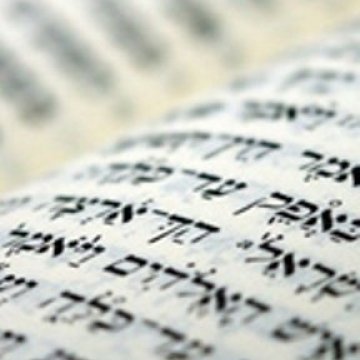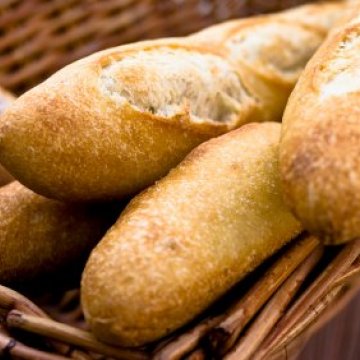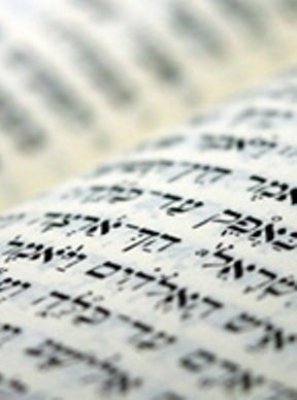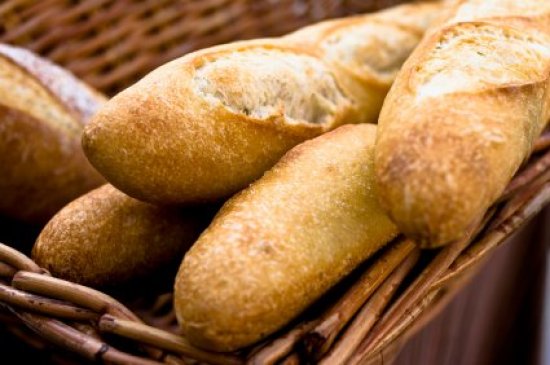11 de Janeiro de 2011 : Simpatia Judaica para o Sustento com a Reza do Maná - Segulá para Parnassá com Tefilta haMan

Anualmente, na terça-feira da Porção Semanal de Beshalach na Torá, é um momento propício para recitar este trecho especial da Torá em prol de Segulá para Parnassá, pedidos a D-us para se ter um sustento mais fácil durante o ano.
Judeus de todo o mundo recitam estre trecho da Torá e seu comentário Unkelus em Aramaico. Sendo cada versículo recitado no Hebraico duas vezes e uma no Aramaico.
Em 2011 (5771) esta terça-feira especial acontece no dia 11 de Janeiro de 2011.
O Rebe Menachem Mendel M'Riminov (1755-1815) , um dos maiores alunos do Rebe Elimelech M'Lizenski)escreveu no livro Lechem Avirim que recitar o trecho da Torá conhecido como Parashat HaMan (Shneim Mikra V'Echad Targum - 2 vezes em hebraico e uma em aramaico) na terça feira de Parashat B'Shalach (Exodo 16:4 até Exodo 16:36, Shevii) é uma Segulá para Parnassá, Simpatia Judaica para se ter um sustento mais fácil.
Além da leitura do Trecho acima mencionado, faz parte da reza de pedido pelo sustento uma reza complementar onde se louva D-us por ser o Senhor do Universo e pede-se a D-us por um sustento abundante e tranquilo.
O trecho completo da Reza em Hebraico e Aramaico pode ser encontrado clicando neste link: http://www.tefillos.com/parshas_hamon.asp
Para baixar um arquivo PDF com o trecho de Parashat Haman da ArtScroll em Hebraico com tradução em Inglês, clique no seguinte link: http://links.mkt2519.com/ctt?kn=16&m=3680396&r=MTE5NTQ2MjAxMzQS1&b=0&j=MjE3NDYxMTI2S0&mt=1&rt=0
Segundo consta no Talmud Yerushalmi, quem recita este trecho diariamente, não lhe deverá faltar comida na mesa. O Levush explica que este texto Bíblico nos ensina queD-us provém o sustento diariamente. Assim como D-us sustentou o povo Judeu com comida, o MANÁ, durante os 40 anos no deserto, assim também, quem relembra e recita este texto não lhe deverá faltar Parnassá - Sustento.
Mais em Inglês:
When our ancestors were in the Wilderness, a month after the Exodus from Egypt, they faced a tomorrow with no food. Justifiably, they asked Moshe if he had taken them into the desert to starve to death. Hashem responded that in the morning they would see that He had not forsaken them.In the morning – and every morning for the next 40 years – there was manna waiting for them. By evening there was nothing left, and the next morning, it was there again. Can you imagine how we would feel if we went to sleep every night with empty refrigerators? There in the Wilderness, Hashem showed our ancestors that ultimately, parnassah is in His hands.
We pray for it every day – to provide for our families, to assist worthy causes, to build sturdy foundations for the future.
This year, more than any in living memory, we pray for parnassah. The recession has hit everywhere. Relatives and neighbors, institutions and hopes for the future have been battered. So we pray for parnassah perhaps more fervently than in the past – but some days are more propitious than others.
The Torah reading of this coming Shabbos -- Parashas Beshalach -- includes the chapter telling how the Jewish People in the Wilderness received manna. Many people recite the chapter daily, as a special prayer for parnassah. There is also a widespread custom to recite this chapter on the Tuesday of the week of Beshalach, which this year is January 11th.
Comentarios
Recomendar esto a un amigo











